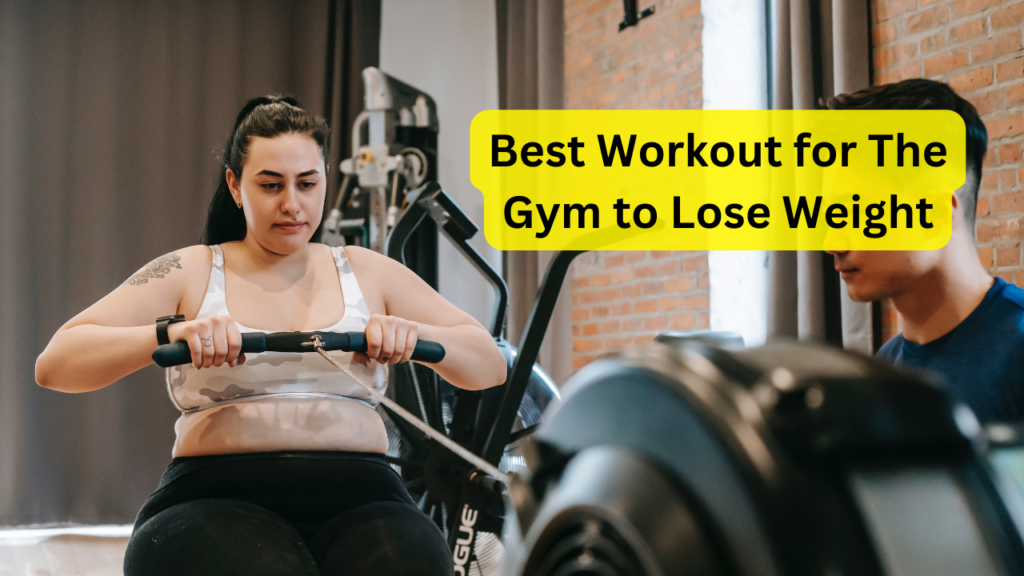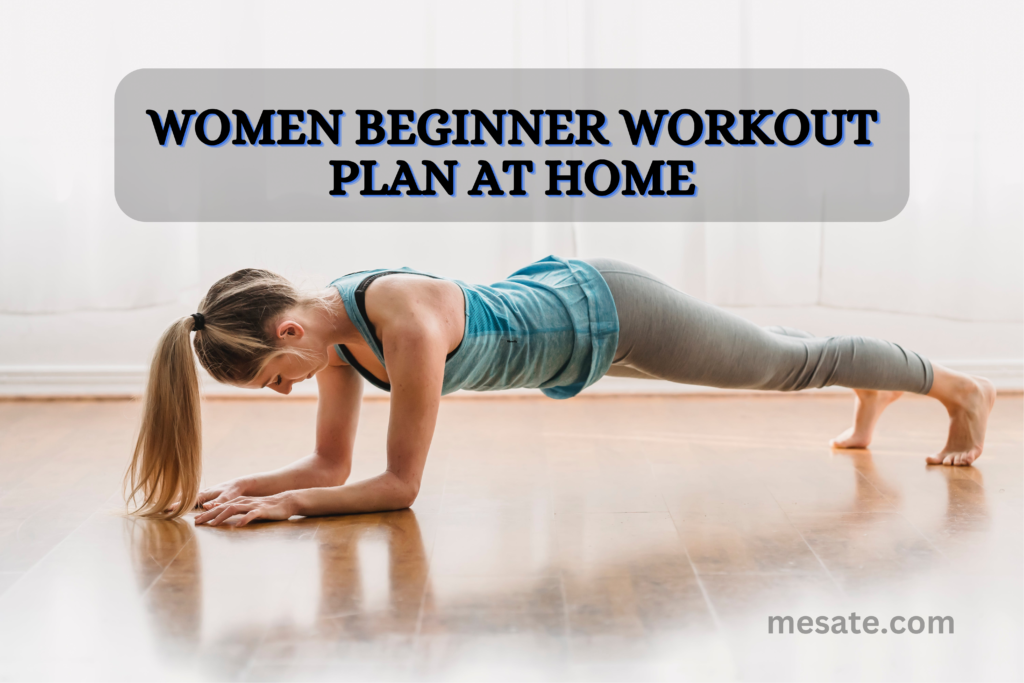Shedding pounds and sculpting your physique can feel like a daunting task, especially when staring down the unfamiliar landscape of a gym. But fear not, fitness warrior! This comprehensive guide is your roadmap of workout plan for the gym to lose weight. We’ll delve into the science behind effective workouts, debunk common myths, and equip you with a personalized plan to maximize your time and torch those unwanted pounds.
Understanding the Science of Weight Loss
Before diving headfirst into exercises, let’s understand the underlying principles of weight loss. It all boils down to creating a calorie deficit, meaning you burn more calories than you consume.
This can be achieved through a combination of:
- Diet: Consuming fewer calories than your body burns is crucial. Focus on whole, unprocessed foods and prioritize protein and fiber to keep you feeling full and satisfied.
- Cardio: Engaging in activities like running, swimming, or cycling elevates your heart rate and burns calories efficiently. Aim for at least 150 minutes of moderate-intensity cardio per week.
- Strength Training: Building muscle mass increases your resting metabolic rate (RMR), the number of calories your body burns at rest. This means you’ll be a calorie-burning machine even when you’re not actively exercising!
Debunking Weight Loss Myths

The internet is rife with misinformation, and weight loss is no exception. Let’s dispel some common myths:
- Myth: Spot reduction is possible.
- Fact: You can’t target fat loss to specific areas. Overall calorie deficit and consistent exercise lead to fat loss throughout your body.
- Myth: No pain, no gain.
- Fact: While pushing yourself is important, working through pain can lead to injury. Listen to your body and take rest days when needed.
- Myth: Cardio is the only way to lose weight.
- Fact: Strength training is equally important for weight loss and overall fitness. It builds muscle, boosts metabolism, and improves bone density.
Crafting Your Personalized Gym Workout:
Now, let’s design a workout plan that fits your unique needs and preferences. Here are some key factors to consider:
- Fitness Level: Are you a beginner, intermediate, or advanced exerciser? Choose exercises and intensity levels accordingly.
- Time Commitment: How much time can you realistically dedicate to the gym each week? Aim for 3-5 sessions, with each lasting 30-60 minutes.
- Goals: Do you want to lose weight, build muscle, or improve overall fitness? Tailor your workout plan to your specific objectives.
Sample Workout Plans
Here are some sample workout plans based on different fitness levels:
Beginner
- Day 1: Cardio (30 minutes) + Full-body strength training (20 minutes)
- Day 2: Rest or Active recovery (yoga, walking)
- Day 3: Cardio (30 minutes) + Upper body strength training (20 minutes)
- Day 4: Rest or Active recovery
- Day 5: Cardio (30 minutes) + Lower body strength training (20 minutes)
Intermediate
- Day 1: Cardio (45 minutes) + Push/pull strength training (30 minutes)
- Day 2: Rest or Active recovery
- Day 3: HIIT workout (20 minutes) + Legs and core strength training (30 minutes)
- Day 4: Rest or Active recovery
- Day 5: Cardio (45 minutes) + Full-body circuit training (30 minutes)
Advanced
- Day 1: HIIT workout (30 minutes) + Upper body strength training (45 minutes)
- Day 2: Active recovery (swimming, cycling)
- Day 3: Powerlifting workout (45 minutes)
- Day 4: Rest or Active recovery
- Day 5: Cardio (45 minutes) + Lower body and core strength training (45 minutes)
Remember: These are just examples, and you may need to adjust them based on your individual needs and preferences. It’s always recommended to consult a certified personal trainer for a personalized workout plan tailored to your specific goals and limitations.
Exercise Techniques for Weight Loss Success

Now that you have a personalized workout plan in hand, let’s delve deeper into the nitty-gritty of exercise techniques to maximize your calorie burn and sculpt your dream physique. Remember, proper form is key not only for effectiveness but also for preventing injury. So, grab your water bottle, and let’s get started!
Cardio Combustion
Cardio is your calorie-torching champion, and mastering the right techniques can amplify its fat-melting potential. Here are some tips for different cardio modalities:
- Running: Maintain proper posture with a straight back and engaged core. Avoid overstriding and focus on a midfoot strike for optimal efficiency and impact absorption.
- Swimming: Engage your core and glutes for streamlined strokes. Breathe steadily and coordinate your movements for maximum calorie burn.
- Cycling: Adjust the seat height and handlebar position for a comfortable and efficient posture. Maintain a steady cadence and focus on pushing through the pedals with your legs, not just pulling with your arms.
- HIIT (High-Intensity Interval Training): Alternate short bursts of intense activity with recovery periods. Push yourself during the high-intensity intervals, but listen to your body and adjust the intensity if needed.
Strength Training Symphony
Strength training isn’t just about building muscle; it’s a metabolic powerhouse for weight loss. Here are some key principles to remember:
- Compound exercises: These exercises engage multiple muscle groups simultaneously, maximizing calorie burn. Examples include squats, lunges, rows, and presses.
- Progressive overload: Gradually increase the weight, reps, or sets over time to challenge your muscles and keep them adapting.
- Mind-muscle connection: Focus on feeling the targeted muscle working during each exercise. This ensures proper form and maximizes muscle engagement.
- Rest and recovery: Give your muscles adequate time to repair and rebuild between workouts. Aim for at least 48 hours of rest between sessions for the same muscle group.
Bonus Tips for Gym Domination
Here are some additional tips to make your gym experience even more effective and enjoyable:

- Warm-up: Before each workout, perform a 5-10 minute light cardio and dynamic stretching routine to prepare your muscles and joints.
- Cool-down: After your workout, spend 5-10 minutes on static stretches to improve flexibility and reduce soreness.
- Hydration: Drink plenty of water throughout your workout to stay hydrated and prevent fatigue.
- Track your progress: Monitor your weight, body composition, and workout performance to stay motivated and adjust your plan as needed.
- Find a workout buddy: Having a gym buddy can provide motivation, and accountability, and make the experience more fun.
- Mix up your routine: To avoid plateaus and keep your workouts interesting, try new exercises and classes regularly.
- Most importantly, have fun! Enjoy the process of challenging yourself and seeing your body transform. Fitness is a journey, not a destination, so celebrate your progress along the way.
Remember, consistency is key! Stick to your workout plan, eat a healthy diet, and stay motivated, and you’ll be well on your way to achieving your weight loss goals and building the strong, healthy body you deserve.
Resources & References
- American Council on Exercise: https://www.acefitness.org/resources/everyone/exercise-library/
- National Institute of Diabetes and Digestive and Kidney Diseases: https://www.niddk.nih.gov/health-information/weight-management/adult-overweight-obesity
- Mayo Clinic: https://www.healthline.com/nutrition/how-to-lose-weight-as-fast-as-possible
Disclaimer: This article is for informational purposes only and should not be interpreted as medical advice. Always consult with a healthcare professional before starting any new exercise program.
FAQs about Workouts for Gym Weight Loss
How often should I hit the gym to lose weight?
Aim for at least 3-5 gym sessions per week, with each lasting 30-60 minutes. However, this can vary depending on your fitness level, goals, and preferences. Beginners might start with 2-3 sessions, while experienced exercisers may benefit from 4-5 sessions. Remember, consistency is key, so find a plan that fits your schedule and you can stick to it long-term.
Do I need to do cardio and strength training, or just one?
Both cardio and strength training are crucial for weight loss! Cardio burns calories efficiently, while strength training builds muscle, which boosts your metabolism and helps you burn more calories even at rest. Ideally, incorporate both into your routine. Beginners can start with more cardio and gradually add strength training, while advanced exercisers can balance both equally.
What are some beginner-friendly exercises for weight loss?
For cardio, try brisk walking, swimming, or cycling. For strength training, start with bodyweight exercises like squats, lunges, push-ups, and planks. You can also use light weights or resistance bands as you progress. Remember, proper form is essential, so don’t hesitate to ask a trainer for guidance if needed.
How much weight should I lift to lose weight?
Start with a weight that challenges you for 8-12 repetitions with good form. If you can easily do more than 12 reps, increase the weight. If you struggle to complete 8 reps, decrease the weight slightly. Aim to gradually increase the weight or reps over time to keep challenging your muscles and seeing progress.
Should I eat anything before or after my workout?
Pre-workout snacks can provide energy, like a banana or whole-wheat toast with avocado. Post-workout meals should replenish glycogen stores and support muscle repair, focusing on protein and complex carbohydrates like lean protein with brown rice or sweet potato. Remember to tailor your pre-and post-workout nutrition to your individual needs and exercise intensity.
What if I don’t see results immediately?
Weight loss takes time and consistency. Don’t get discouraged if you don’t see drastic changes right away. Focus on making healthy lifestyle changes and sticking to your workout plan. Remember, even small changes add up over time. Track your progress through measurements, photos, and how you feel, not just the number on the scale.


